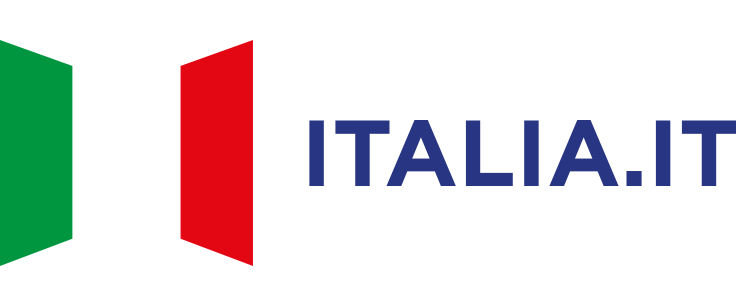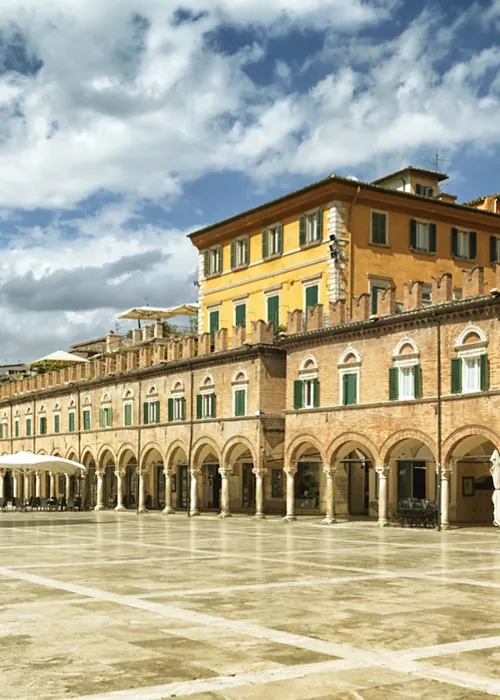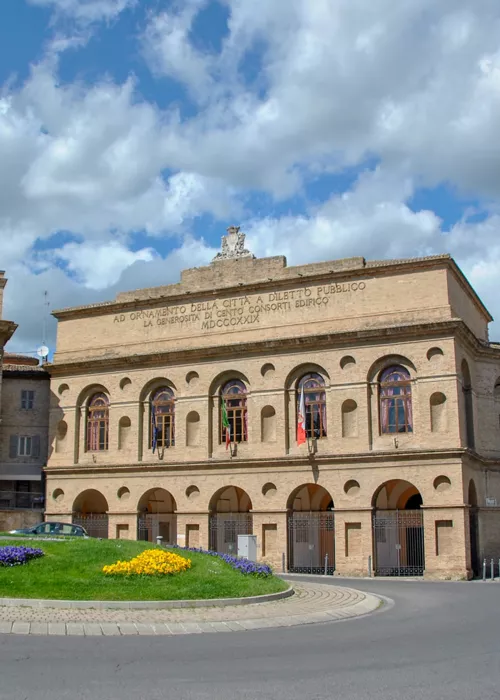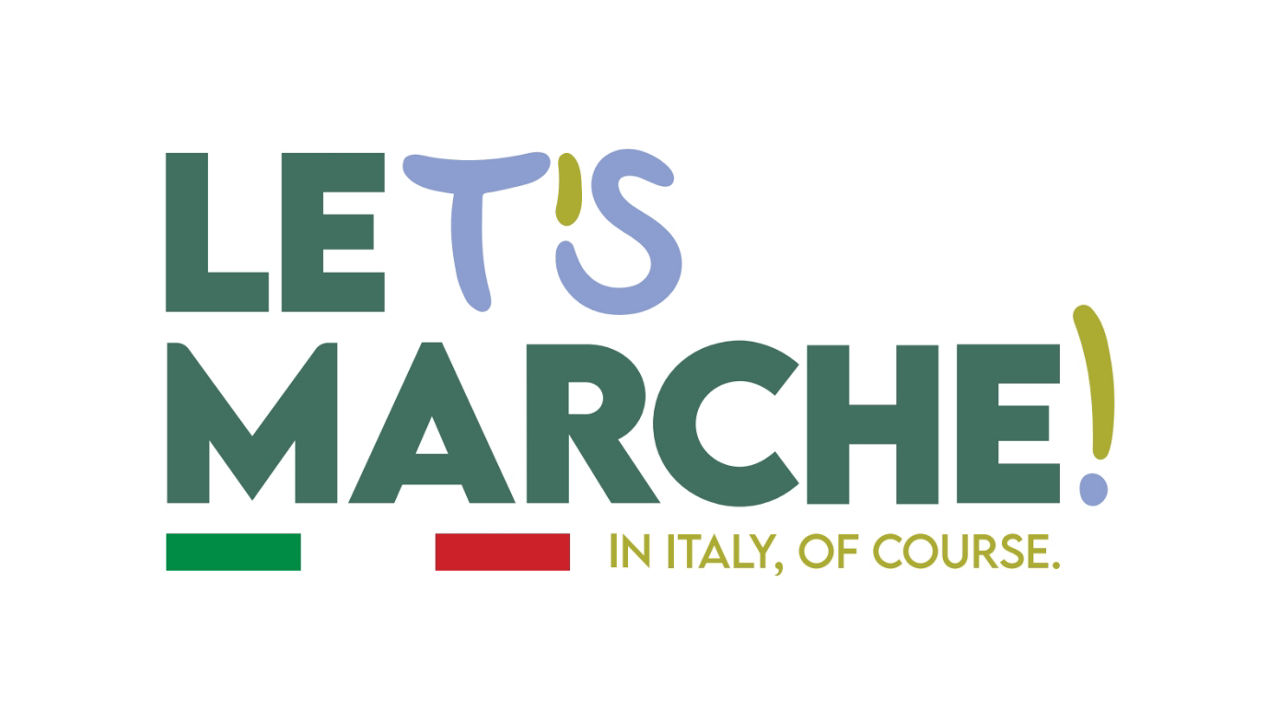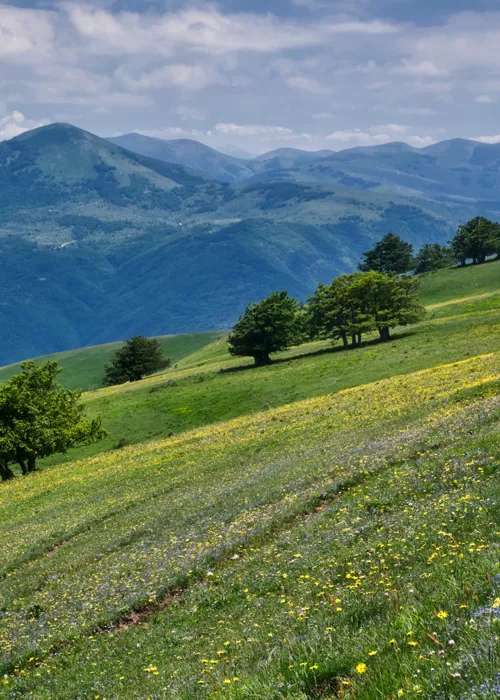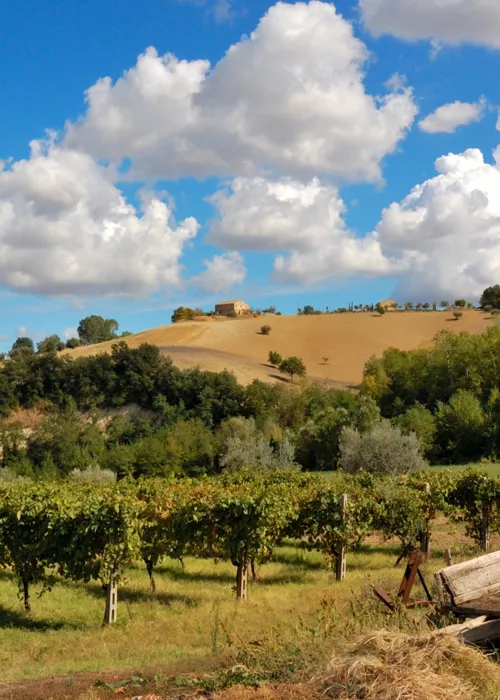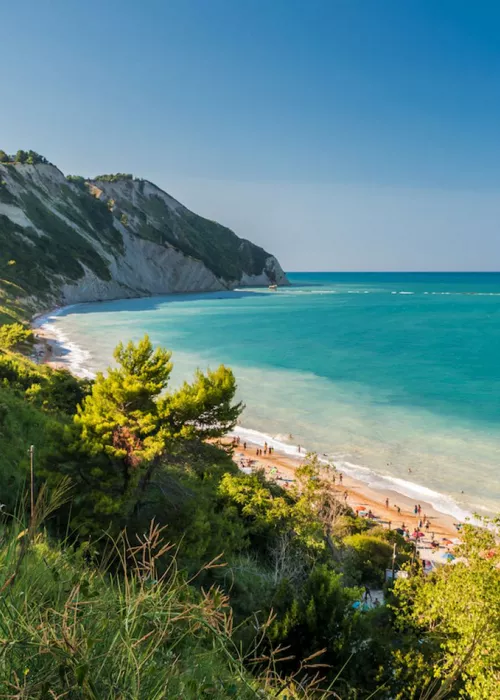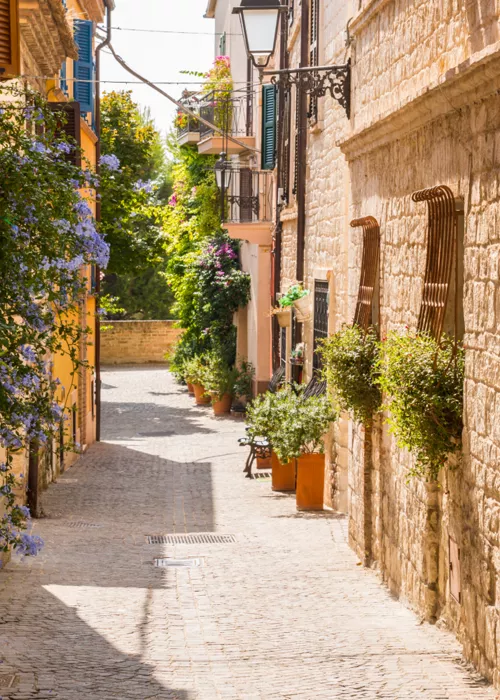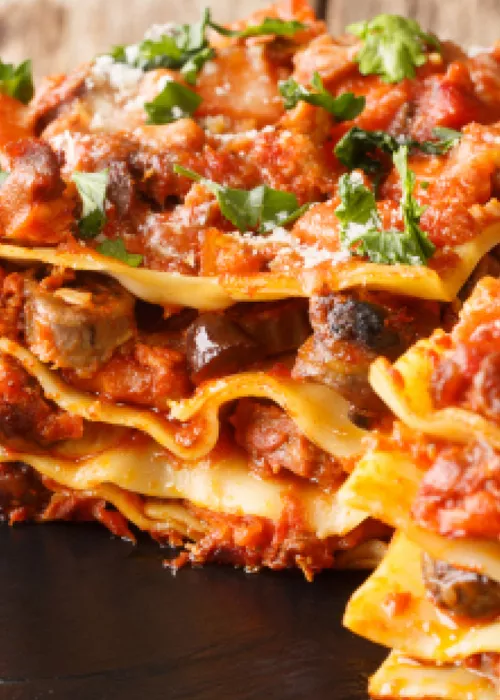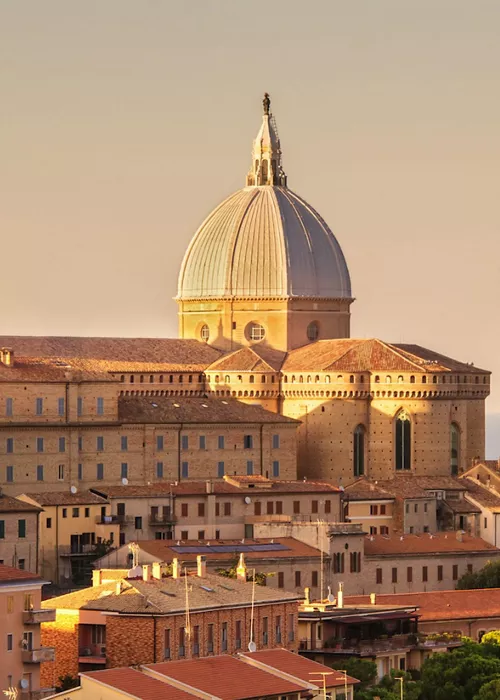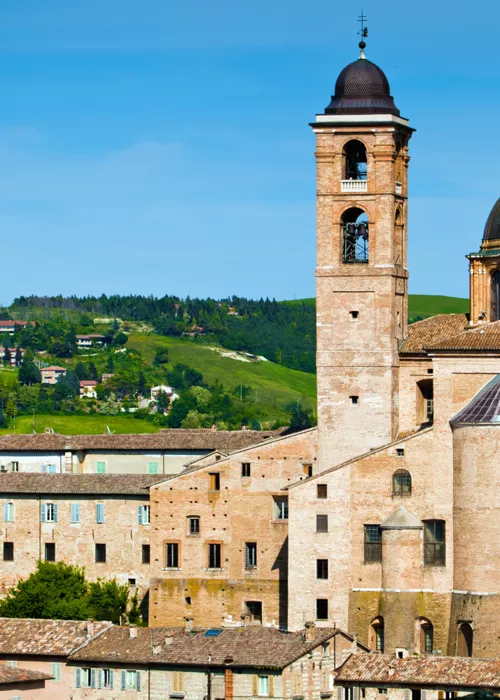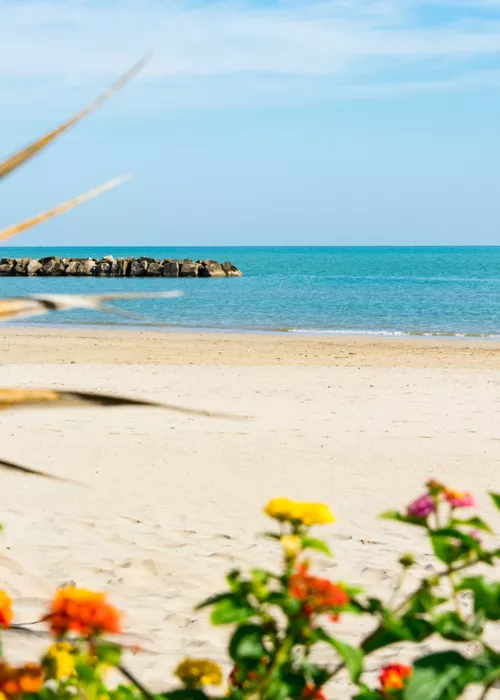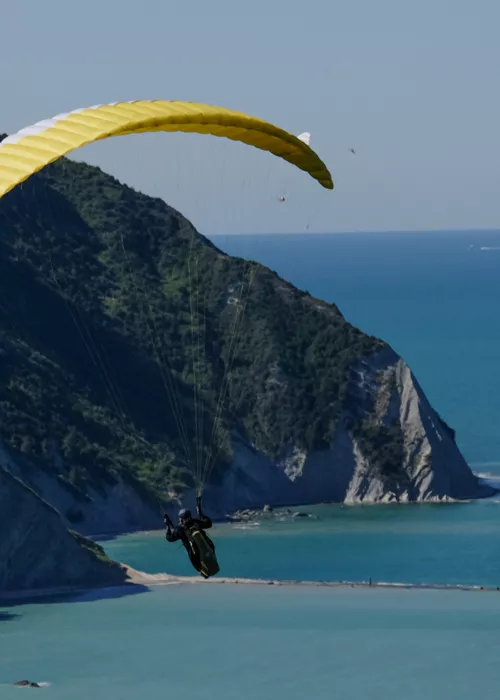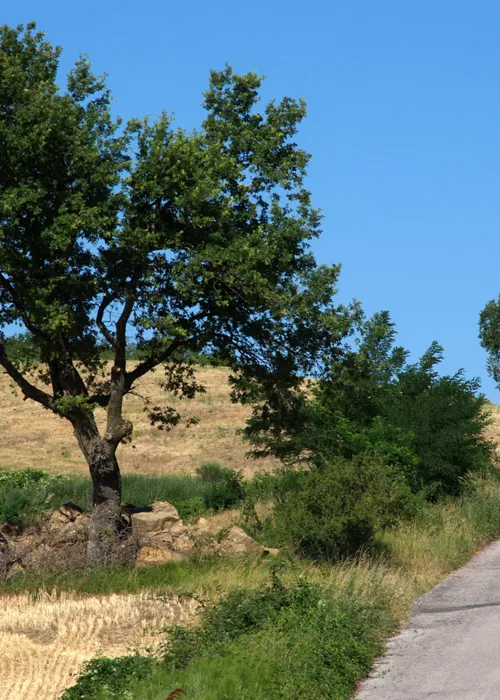Cooked wine from the Marche region: an ancient Piceni beverage
4 minutes
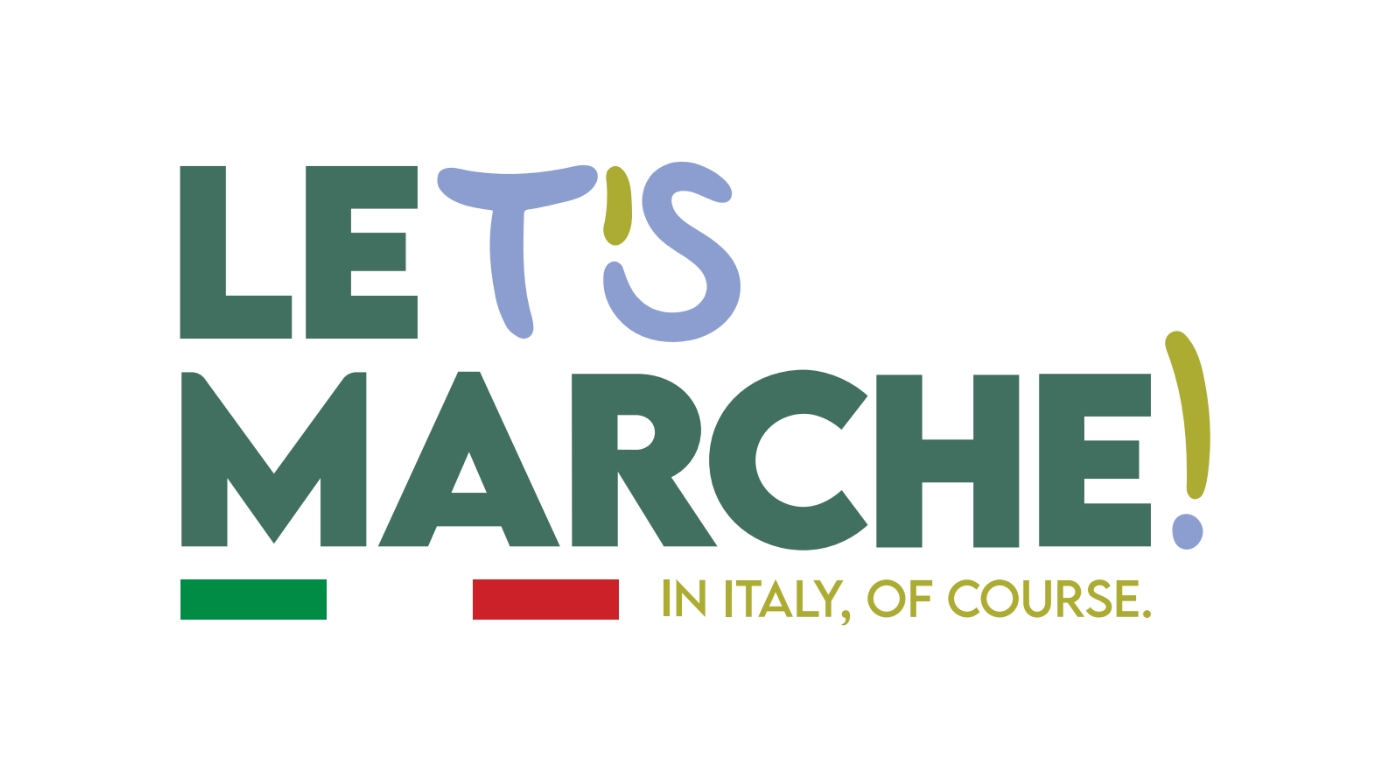
Cooked wine from the Marche region is one of the region’s most fascinating and authentic winemaking traditions. With roots going back centuries, this ancient wine, originally from the Piceno area is made using time-honoured methods that turn local grapes into a rich, aromatic wine.
Making Vino cotto is nothing short of a ritual. The must from local grapes is slowly cooked until it becomes dense, sweet and aromatic, with its distinctive amber hue and richly layered aroma. Down the centuries, this wine has been handed from one generation to the next, a constant presence at gatherings and a proud marker of the region’s rural heritage.
Today, Vino cotto is experiencing a revival. Its versatility and character mean it appeals even to the most demanding palates, and it is now regarded as an excellent wine to savour slowly and appreciate in all its aromatic complexity. It is a real treasure of local winemaking, bringing together past and present with every sip!
The unique character of Vino cotto from the Marche region

Vino cotto is a speciality from the Macerata and Ascoli Piceno areas, with the tradition strongest in the countryside around Loro Piceno. This is what Italians call a “vino da meditazione” - a wine to be savoured slowly, sweet and rich, with a notable alcoholic strength and a colour that ranges from deep amber to garnet. It is made by boiling the must of local white and red grapes such as Trebbiano, Sangiovese and Montepulciano, before being left to age and develop its distinctive character.
The process begins by pressing the grapes and gently simmering the must in copper cauldrons over a wood fire for around 10-12 hours. Once the cooking is finished, the hot liquid is poured into wooden barrels, where it matures for at least five years.
In the Marche region, people say that the best Vino cotto should have the colour of a cockerel’s eye, meaning a deep and dark amber. The practice of cooking the must dates back to a time when ordinary wines would spoil quickly, and it was found that boiling helped the wine to keep. Once cooked and aged, it turned out to be not only preserved, but absolutely delicious.
Vino cotto is traditionally sipped with desserts like dry pastries, or enjoyed the old-fashioned way with pieces of fresh peach. It also goes well with mature cheeses, and is used to make cakes such as mostaccioli, as well as biscuits, jams and to add a special flavour to meat dishes.
The ancient story of this Piceni drink

The origins of Vino cotto go back to ancient times, when the Piceni people, living in a rural and agricultural world, developed traditional ways to preserve and make the most of their grapes, which were such an important resource for their communities. Cooking the grape must was a practical solution to make the wine last longer and deepen its flavour, resulting in a sweet, aromatic drink that became a favourite at celebrations and gatherings.
Over the centuries, this tradition has been passed down from one generation to the next, with original methods and recipes carefully preserved, often woven into local customs and rituals. The preparation of Vino cotto was a highlight of Piceni village life. Made for religious festivals, weddings and family celebrations, it became a symbol of community spirit and shared identity.
As time went on, Vino cotto from the Marche region lived through many different eras, adapting to changing times but always keeping its traditional value. Its reputation gradually spread, and today it is known and appreciated even beyond the Marche region, thanks to its unique character and distinctive quality.
Vino cotto from the Marche region, with its Piceno origins, is much more than just a drink. It is a symbol of tradition and passion, a reflection of the region’s deep-rooted history and culture. Its long story shows how an ancient craft can survive through the ages, constantly renewing itself and winning over new generations, while keeping the connection between people, land and tradition alive.
Loro Piceno: The home of Vino cotto

Loro Piceno, in the Province of Macerata, is known as the home of Vino cotto. Even the noble houses lining the town’s winding streets feature special architectural details designed for pressing grapes and boiling the must in large copper cauldrons.
In Loro Piceno, almost every family makes Vino cotto at home, and older residents still drink it with their meals. It is also used to add flavour to meat dishes, in the sauce for vincisgrassi (a type of baked pasta similar to lasagne), and even as a remedy for coughs and colds. According to an old tradition, a small barrel of Vino cotto was once given to every newborn, to be opened only on their wedding day.
There is a permanent exhibition of Vino cotto equipment and tools, set up in the atmospheric rooms next to the cloister of the Church of San Francesco.
For more than fifty years, Loro Piceno has hosted the Vino cotto festival, held every August and drawing large numbers of visitors. It began in 1948 as a simple, local grape festival, with floats decorated with vines and wheat. Today, it has grown into a major event that attracts people from across the region and beyond.
If you are visiting at this time of year, make the most of the chance to sample Vino cotto and enjoy delicious tastings paired with local specialities!
